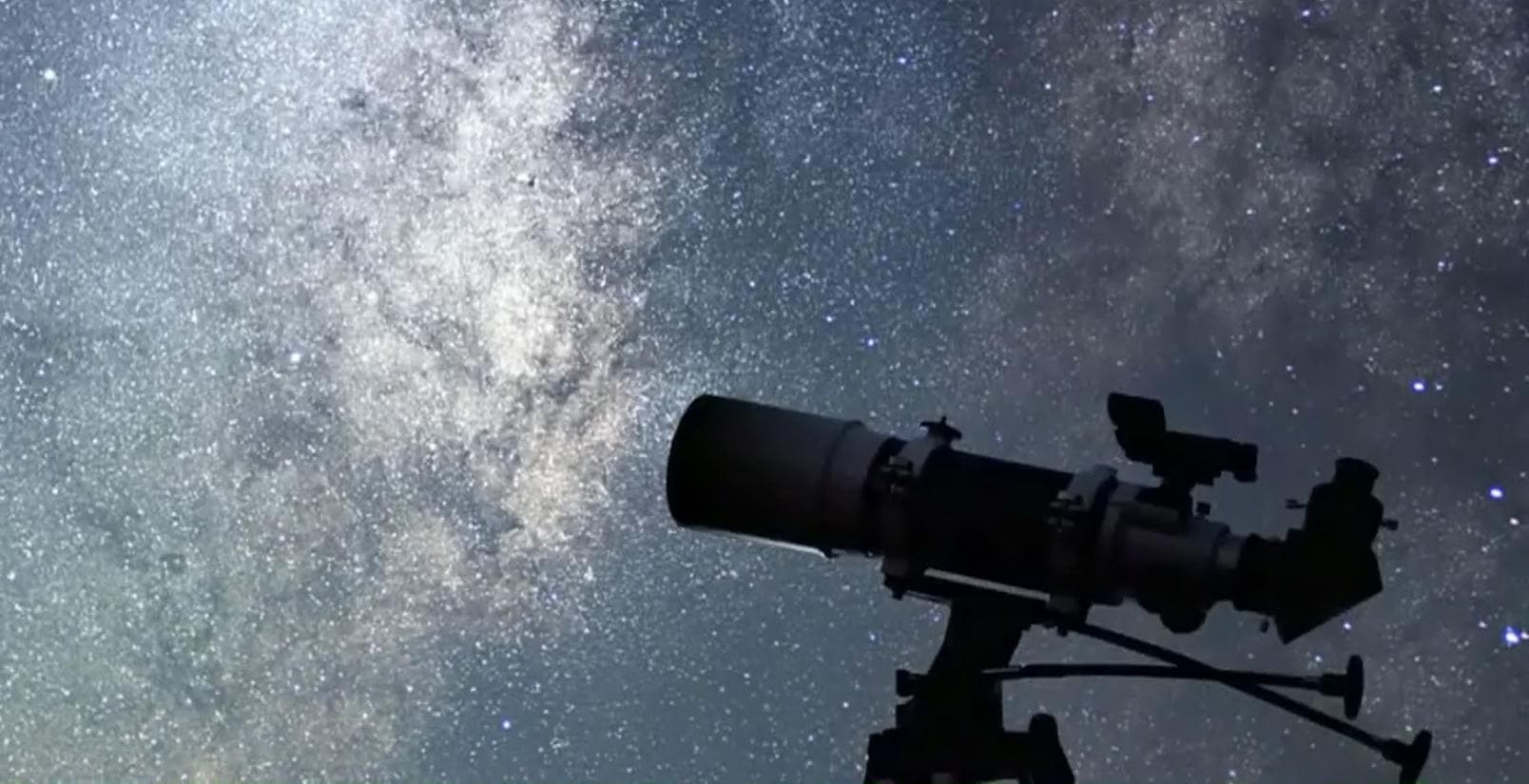A practical night sky catalog
The Telescopes On the Sky Catalog starhop guides are an easy method for new and intermediate telescope owners of ANY aperture 60mm or more to find and observe very best objects in the night sky FAST - even under most light pollution conditions.
Visitors who are new to this site may wish to get started here or if you are already familiar with telescopes and equipment but aren't sure where to get started, check out the Shapes in the Sky section on this site. That will help you get in the right area of the night sky to locate this object. And there's some good reasons why I made this list.
NOTE: I will keep adding a link to each object as I finish the video and page. This takes a lot of time - more about that here. Thanks for your patience!
While the videos are not complete yet (they are time-consuming to produce each one!), I will add links as new videos become available. In meantime, here is the complete list:
- Messier 31 and 32 Spiral and dwarf galaxies
- Eta Cassiopeiae Double Star
- NGC457 Open Cluster
- NGC663 Open Cluster
- NGC869/884 Open Clusters
- Almach (Gamma Andromedae) Double Star
- Messier 34 Open Cluster
- Pleiades Cluster Open Cluster
- Messier 36 Open Cluster
- Messier 37 Open Cluster
- Messier 38 Open Cluster
- Mintaka (Delta Orionis) Double Star
- Messier 42 and 43 Nebula (Diffuse)
- NGC 2169 Open Cluster
- Messier 41 Open Cluster
- NGC2362 Open Cluster
- 145 Canis Majoris Double Star
- Gamma Leonis Double Star
- Cor Caroli Double Star
- Mizar-Alcor Double Star (multiple)
- Nu Scorpii Double Star (multiple)
- Messier 4 Globular Cluster
- Messier 13 Globular Cluster
- NGC6281 Open Cluster
- Messier 6 Open Cluster
- Messier 7 Open Cluster
- IC 4665 Open Cluster
- Messier 8 / NGC6530 Emission Nebula / Open Cluster
- Messier 28 Globular Cluster
- Messier 25 Open Cluster
- Messier 22 Globular Cluster
- Epsilon Lyrae Double Star (multiple)
- Zeta Lyrae Double Star
- Messier 11 Open Cluster
- Messier 57 Nebula (planetary)
- Albireo (Beta Cygni) Double Star
- Messier 27 Nebula (planetary)
- Messier 15 Globular Cluster
- Messier 2 Globular Cluster
- Mu Cephei (The Garnet Star) Variable star
A few quick points
True, 40 objects is not very long. But it need not be for those getting started either. These are detailed, step-by-step guides to help you learn to starhop and find some of the best objects the night sky has to offer from the northern hemisphere (and many southern hemisphere observers can use most of them too). And once you've located all of these, you'll be able to starhop to many more objects in the night sky on your own.
This will simply help you get to where you want to be: Navigating the night sky quickly. Besides, these are objects you can come back to again and again. To many amateurs, these objects are like old friends they visit frequently.
And yes, you may have heard to "start with the Messier list" or similar. The problem is, that list was originally a list of NON-comet objects. That is, a list of faint, fuzzy things a rich Frenchman in the 1700's got annoyed by, because he wanted to find comets!
So while some of those Messier objects are indeed excellent (the list above includes 22 of them!), there's a LOT of faint galaxies and nebulae in his old list as well. Are those good for you to observe later, under darker skies? YES! Good to observe first, especially if you're dealing with light polluted skies? No, not really.
The Telescopes On The Sky catalog was intended for the conditions YOU have, now: Small to medium telescope, under light moderate light pollution. And, not only does this catalog account for the most visible objects, but also the STARS you need to see in order to find them in the first place. If you can't find the place to start, how will you even get to where you want to go? So, every object in this catalog is near a star 3rd magnitude or brighter.
See, there are only 283 stars in the WHOLE night sky that are 3rd magnitude or brighter. Do you think that will make it easier to help you find what you want to see? I think it will. Give it a shot. I will not hurt you to at least try. And the videos on each page show you exactly how to get there, step by step - whether you have a magnified finderscope or a red dot finder.

